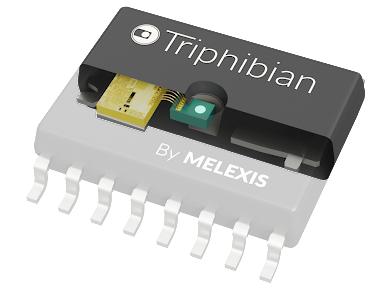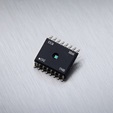Triphibian™ revolutionizes pressure sensors for EV thermal management
Context
Climate change is a reality and the race is on to dramatically reduce carbon emissions. New legislation and policy frameworks are increasing pressure on the automotive industry. One example is the ‘Fit for 55’ initiative under the European Green Deal, which is proposing legal changes to decrease CO2 emissions for new cars by 55% by 2030, compared to 2021 levels. Its ultimate goal is to achieve a 100% reduction in CO2 emissions for both new cars and vans by 2035. Included in this initiative is the ban of new vehicles powered by combustion engines from 2035, which is drastically speeding up the adoption of pure battery electric vehicles (BEVs).
However, initiatives to address CO2 emissions from well-to-wheel are not keeping pace. Even though greener sources of energy are being deployed, it is unlikely that they will provide sufficient energy to propel the fleets of new EVs any time soon. Furthermore, the lack of coverage from the EV charging infrastructure in many countries presents a challenge for sustainable automotive solutions.
Therefore, it is crucial to optimize the deployment of the vehicle’s battery power – to reduce energy demand from the national grid and to increase the EV’s range. The vehicle’s thermal management systems are crucial for optimizing battery performance, as they must contend with the influence of external temperatures on battery efficiency and the energy demands of heating or cooling the cabin. (Figure 1).

Figure 1: Illustration of thermal management systems in battery powered electrical vehicles
To achieve greater levels of thermal management efficiency, OEMs and system makers need access to accurate, robust and miniaturized pressure sensing technology that can cope with any type of media, measuring the pressure of gasses and liquids accurately. When the media is frozen, the sensor should not get damaged.
Thermal management design
Thermal Management systems in electric vehicles rely on several refrigeration and cooling loops interacting with each other. They are used to control the temperature in both the cabin and battery pack, while also cooling the power electronics and motors. Pressure sensors in combination with temperature sensors are deployed in such systems to monitor the state of the refrigeration fluid, helping to optimize the efficiency of the system while protecting critical components from damage (Figure 2).

Figure 2: Melexis IC solutions in BEV thermal management system
The centralization of systems is a major trend in EV thermal management. This technique involves placing more components in closer proximity to minimize weight and tubing, while enhancing reliability and simplifying installation.
Former Ford engineer Sandy Munro, now the owner of the engineering consulting firm Munro & Associates, performed a strip down of a Ford Mach-E and Tesla Model Y thermal management systems on his Munro Live YouTube channel in 2021. Sandy and his team found that the heavily centralized Model Y thermal system offered considerable weight and component count savings with just 10 parts, 6.35m of hose and a weight of 9.2kg compared to the Mach-E’s 35 parts, 18.42m of hose and 22.4kg weight.
For automotive OEMs and system makers, installing pressure sensors inside the components of a centralized system can help to reduce size and number of potential failure points within the refrigerant and cooling loops (Figure 3).
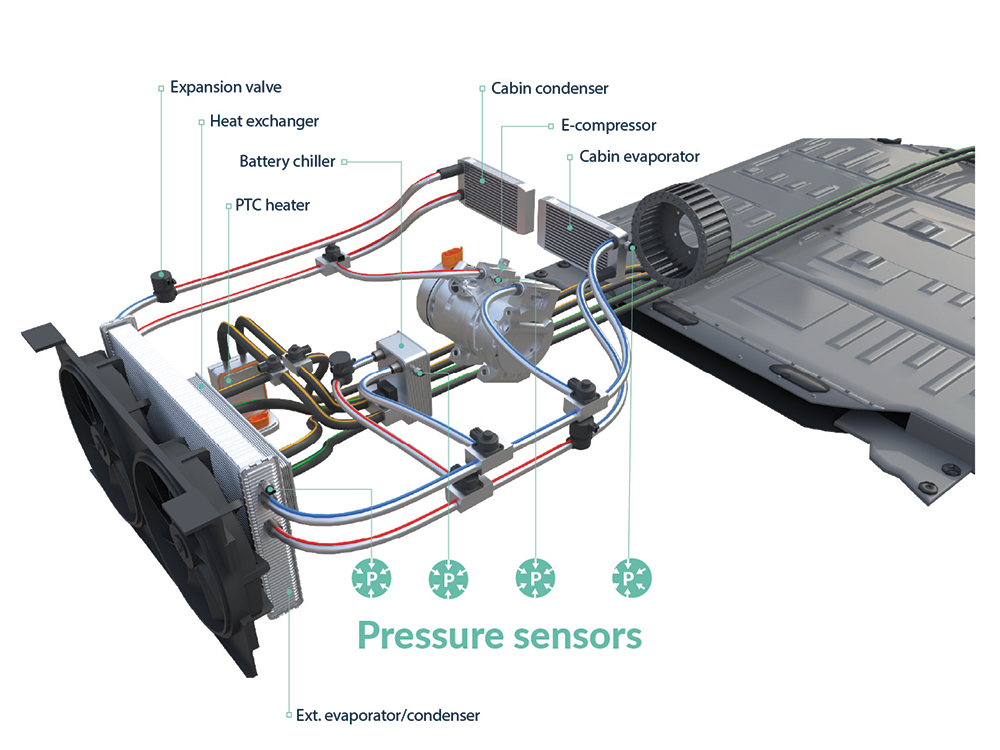
Figure 3: Potential use of Triphibian™ sensors in centralized thermal management systems
This initiative is further supported by miniaturized MEMS pressure sensors, which deliver improved robustness, accuracy and smaller packaging, allowing for greater system refinement.
MEMS pressure sensor solutions
A decade ago, Melexis brought the MLX90809 to market, as the first factory calibrated pressure sensor in a rugged package to address safety-critical applications in automotive braking systems. Since then, Melexis has introduced monolithic pressure sensors to aid miniaturization with our bare die products (MLX90819/20), as well as the world’s most accurate PCB-less automotive pressure sensor (MLX90822/23/24/25).
However, MEMS have some limitations when applied to EV thermal management systems. Many existing low pressure sensors, whether PCB or PCB-less, cannot cope with burst pressures beyond 20 bar without risking damage to the sensor, such as gel rupture and wire break. Also, when the back side of a relative pressure sensor is used, there is a risk of detachment of the die from the package (see Figure 4), as well as sensor limitations allowing for only gas media.

Figure 4: (left) Typical MEMS sensor faces a risk of braking under high pressure
(right) Triphibian™ supports pressure spike up to 2000 bar/msec and static burst level up to 210 bar
If used in contact with liquids on the gel side, there is a risk over time of the media penetrating the gel and creating sensor output drifts. Other sensor types can be robust against most liquid media as long as it does not freeze or can withstand frozen media but are difficult to miniaturize. For the automotive industry, many existing packaged and bare die MEMS solutions fall short of the latest requirements.
| Classic package front side exposed MEMS |
Classic package back side exposed MEMS |
Bare die back side exposed MEMS on glass pedestal |
Bare die Oil filled pressure sensor MEMS |
Advanced package Triphibian™ MEMS |
|
| Robustness against overpressures |
- | - | 0 | + | ++ |
| Robustness against frozen media |
- | - | - | + | 0 |
| Liquid media handling |
- | 0 | + | ++ | + |
| Accuracy | ++ | + | 0 | 0 | + |
| Integration in embedded solution | ++ | + | 0 | - | + |
| Ease of use | ++ | + | - | -- | + |
| Factory calibration | + | + | -- | -- | ++ |
| * gel/wire bonding side ** MLX90817, MLX90818, MLX90822, MLX90824 |
* opposite to wire bonds ** MLX90809, MLX90821 |
* opposite to wire bonds ** MLX90819 |
* gel/wire bonding side ** MLX90815, MLX90816, MLX90820 |
* floating MEMS ** MLX90830, MLX90833, MLX90834, MLX90835 |
A comparison of MEMS sensor designs and their limitations
Melexis TriphibianTM Technology
Developing a MEMS sensor that can reliably withstand pressures far in excess of 5 bar and remain in contact with liquid media is a game changer for the automotive industry, as well as some adjacent markets. Melexis’ patented TriphibianTM technology fulfills this goal (patent US11169039).
The name TriphibianTM comes from being able to measure the pressure of two states of matter (liquid and gas) while surviving in the two remaining ones (solid and plasma).
A TriphibianTM sensing element consists of a suspended cantilever inside of the IC package with the membrane at its tip. The cantilever suspended nature of the sensor equalizes the pressure spikes and burst levels all around its structure, making it intrinsically robust when compared to back side exposed solutions which still face a pressure difference between the glass pedestal side and the side containing the wire bonding. The same pressure equalization principle applies to frozen media enabling the use of MEMS for the first time in such environments (Figure 5).
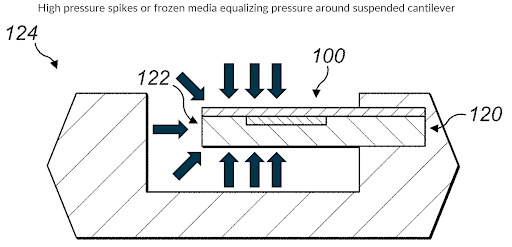
Figure 5: Melexis Triphibian’s suspended cantilever design
Providing a new sensor technology in a packaged factory calibrated manner facilitates the simple mechanical integration and operation of the sensor within automotive thermal management designs. Being housed in an SOIC16 package gives the possibility to easily seal the sensor while making the electrical connections, by soldering the device to a PCB (Figure 6).
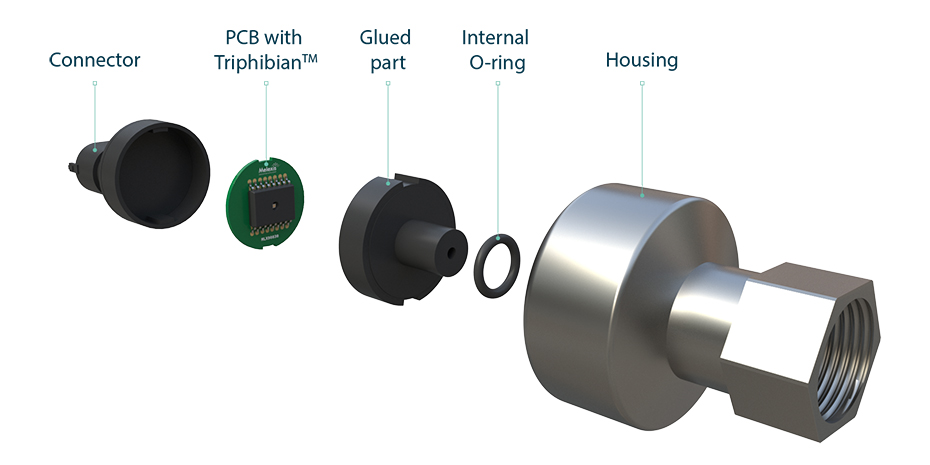
Figure 6: TriphibianTM sensors removes the need for calibration beyond Melexis’ factory
The MLX90830 is the first product from the TriphibianTM portfolio, providing the unprecedented measurement of gas and liquid media from 2 to 70 bar.

TriphibianTM
- 2 - 70 bar in liquid, gas and survive in solid state
- Pressure MEMS revolution
- MLX90830 is the first of a complete family of products
Conclusion
The world will face more challenges that can benefit from MEMS pressure sensor technologies. Besides automotive thermal management, the impact of climate change on humanity is becoming increasingly apparent. Water scarcity is becoming a key topic, with managing local water consumption being just one example of an adjacent market that could benefit from TriphibianTM sensors. Our journey helping people and the planet is just beginning, stay tuned for the next products from the Melexis' TriphibianTM family.
Discover more:

